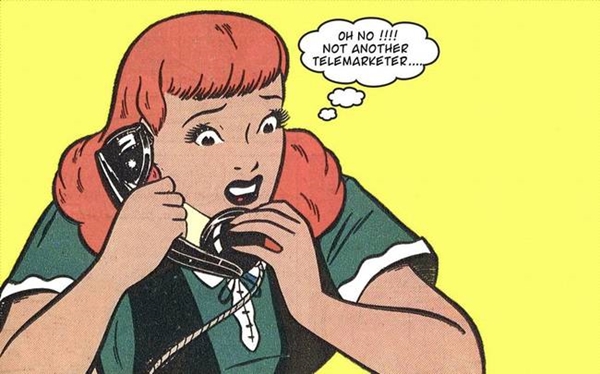


A view from the High Line of the Whitney’s new building by Renzo Piano, September 2013. Photograph Timothy Schenck.
Imagine being a member of the Whitney Museum of American Art, enjoying free admission, previews to exhibits and the satisfaction of doing good. Eventually, for whatever reason, you let the membership lapse. One evening someone calls representing the museum with an offer to renew. Although being reached at home may be annoying, the appeal strikes a chord.
While reaching for a credit card, you may wonder how much of your money actually goes to the museum. The Whitney’s recent tax returns include some striking answers. Of the $66,000 that telephone fund-raising grossed in 2012–13, 73 percent was paid to the commercial telemarketer making the calls. In the previous year, the Whitney retained just $2,000 of the $65,000 raised over the phone. Ninety-seven percent of proceeds went to the telemarketer DCM, which specializes in raising money for nonprofits. “A little knowledge is a dangerous thing,” DCM President Phil Miller said in an interview last week in DCM’s West 38th Street office. “It’s not exactly what it appears on the surface. There are a lot of factors that go into the cost of fund-raising.”
Museum telemarketing represents either an example of buyer beware or a window into a complex and little understood business. In the 2013 edition of its annual report “Pennies for Charity,” the New York Attorney General’s office said that of $249 million in contributions it tracked, 62 percent of funds went to telemarketers in fees and expenses. “We urge New Yorkers to consult this report and consider its findings carefully before making a donation in response to a phone solicitation,” said the report, which doesn’t include any of the museums featured in this story. Both the Metropolitan Museum and the Guggenheim Foundation retained less than half of the money their telemarketers raised, according to their most recent returns. In contrast, the Museum of Modern Art hasn’t listed any outside telemarketers in recent tax returns. “In the last few years we’ve relied more and more on mail and e-mail campaigns, as they yield a greater return for the cost,” spokeswoman Margaret Doyle said in an e-mail.
The Doner’s Expectations
Doug White, director of Columbia University’s Master of Science in fund-raising management, said that there’s an implicit expectation among donors that all or most of their money goes to a nonprofit, not a marketer. “It’s pretty darn obvious,” he said. White generally advises donors not to pledge money over the phone. “I don’t want to sound like a puritanical jerk. Unfortunately, I’ve come to the conclusion that the benefits are far outweighed by the negatives with telemarketing.”
Tom Siegel, the owner of Los Angeles–based telemarketer Donor Services Group, whose clients include the Met Museum, said donors should be concerned about overall fund-raising and administrative efficiency, not the cost of a component. “Nobody would ever look at Amazon or Apple or Walmart’s customer acquisition or sales efforts that way,” Siegel said. “Shareholders simply look at the bottom lines of these companies.” Miller of telemarketer DCM said that he’s not making a case for waste or extravagance. “But there are situations that warrant spending money to make money.”
Telemarketers typically make calls to lapsed supporters who have failed to respond to e-mail and direct mail pitches. Phone campaigns have a response rate of about 15 percent, versus 1 to 2 percent for direct mail, according to Siegel. Large, successful phone campaigns can achieve economies of scale while those with poor response rates and small, average gifts tend to sport a higher cost-per-dollar raised. But even a campaign that initially barely breaks even can bring in long-running income, by reactivating donors who opt to stick around. “Telefundraising” is typically low return, said Charlie Tatum, a Whitney spokesman, in an e-mail. “We take the long view, since returns improve markedly over time as efforts shift from acquisition to renewal.”
“People are still feeling insecure and $500 matters more than it used to.”
Telemarketing, a tool that helps nonprofits offset the inevitable annual attrition of supporters, faces headwinds. Telemarketers are prohibited from calling mobile phones without prior consent. And US households with landlines fell from 96 percent in 1998 to 71 percent in 2011, according to the US Census Bureau. Plus, caller ID makes avoiding telemarketers easier. Responses even to e-mail pitches are down. Siegel said it’s become more costly for nonprofits to acquire new donors. Jim Feldstein, a Chicago-based fund-raising consultant, said uneven economic gains contributed to declining telemarketing returns. “People are still feeling insecure and $500 matters more than it used to,” he said. By contrast, performing arts often generate high telemarketing returns. According to tax documents, both the New York Philharmonic and the Public Theater, which presents Shakespeare in the Park, retain about three-quarters of telephone proceeds. Being able to offer choice seats is a fund-raising advantage that museums lack, Feldstein said.
Miller said when his employees are asked about telemarketing fees, their response depends on the particular campaign and state they’re calling from. (Some campaigns are conducted from his office, others are offsite at the nonprofits.) He said his callers don’t hide anything. “It [the cost of fund-raising] doesn’t come up a real lot,” he said. Yet, he said, “It’s not a simple answer.” He adds that consistent giving, such as committing to recurring monthly payments, delivers more bang for the buck than donating only when a telemarketer calls, Miller said.
The Whitney’s fund-raising may benefit from both its high-profile Jeff Koons retrospective, which runs through October 19, and the move to its new Renzo Piano building downtown next year. And since it is but one of many museums expanding their footprints and operating budgets, museum telemarketing may yet endure. “You get a piece of e-mail, you can delete it,” Miller said. “There is still a tremendous value in human contact.”





